Posts
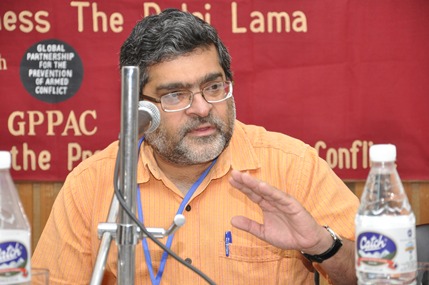
Dr. Lal Continues His Essay Series on the Historic Parallels Between Past Plagues and the Current Pandemic
Professor Vinay Lal, UCLA Professor of History and Asian American…
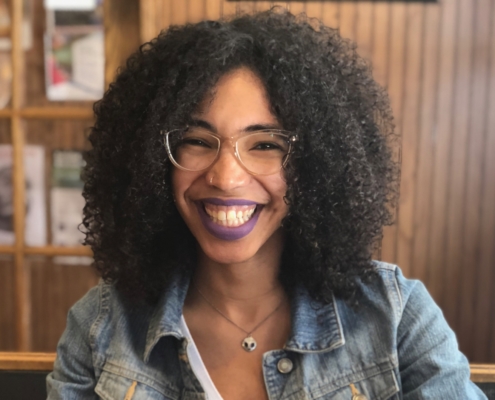
LA Social Science Student Research Spotlight: Black Feminine Erotic Activism
Dominique Rocker is finishing a Master of Arts in the Department…
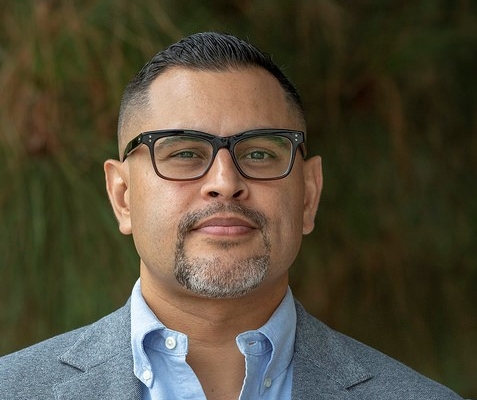
LA Social Science Presents “Conversations with Changemakers” Featuring Dr. Efrén Pérez (Video)
As the Director of the UCLA Race, Ethnicity, Politics and…
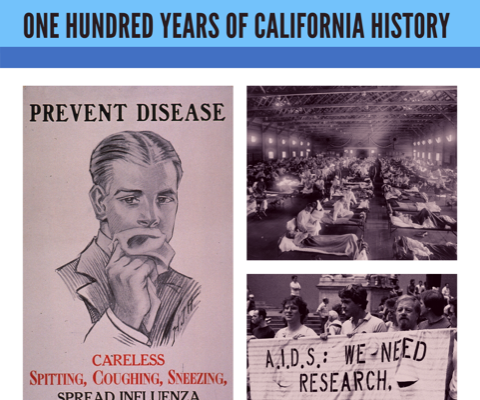
Pandemics Past and Present: One Hundred Years of California History
The UCLA Luskin Center for History and Policy (LCHP) has…
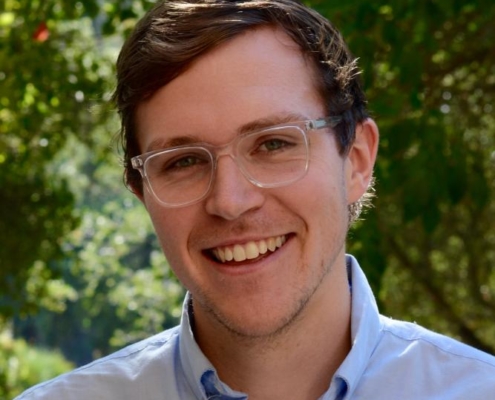
Incoming UCLA Professor Examines if Vote-by-Mail Advantages Either Political Party
By Dan Thompson I am a PhD candidate in American politics…
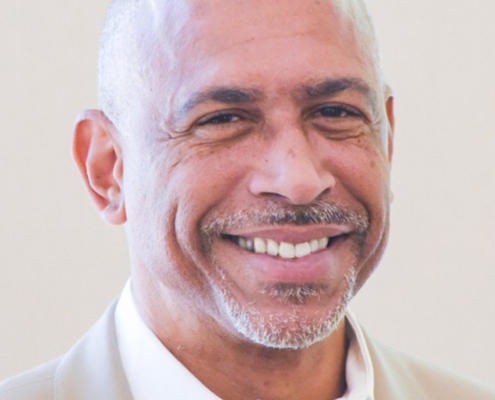
LA Social Science Presents “Conversations with Changemakers” Featuring Dr. Pedro Noguera (Video)
LA Social Science interviewed Dr. Pedro Noguera, Distinguished…
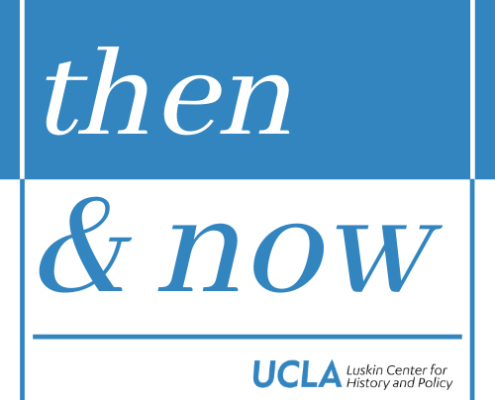
Then & Now: A New Podcast by the UCLA Luskin Center for History and Policy
The Luskin Center for History and Policy has created an exciting,…

LA Social Science Presents “Conversations with Changemakers” Featuring Dr. Daniel Fessler (Video)
LA Social Science interviewed Dr. Daniel Fessler, Anthropologist…

Inverted Relationships: Humans and Dogs in the Times of Coronavirus Anxiety
Professor Vinay Lal, UCLA Professor of History and Asian…

The Coronavirus and the Humbling of America
Professor Vinay Lal, UCLA Professor of History and Asian…

